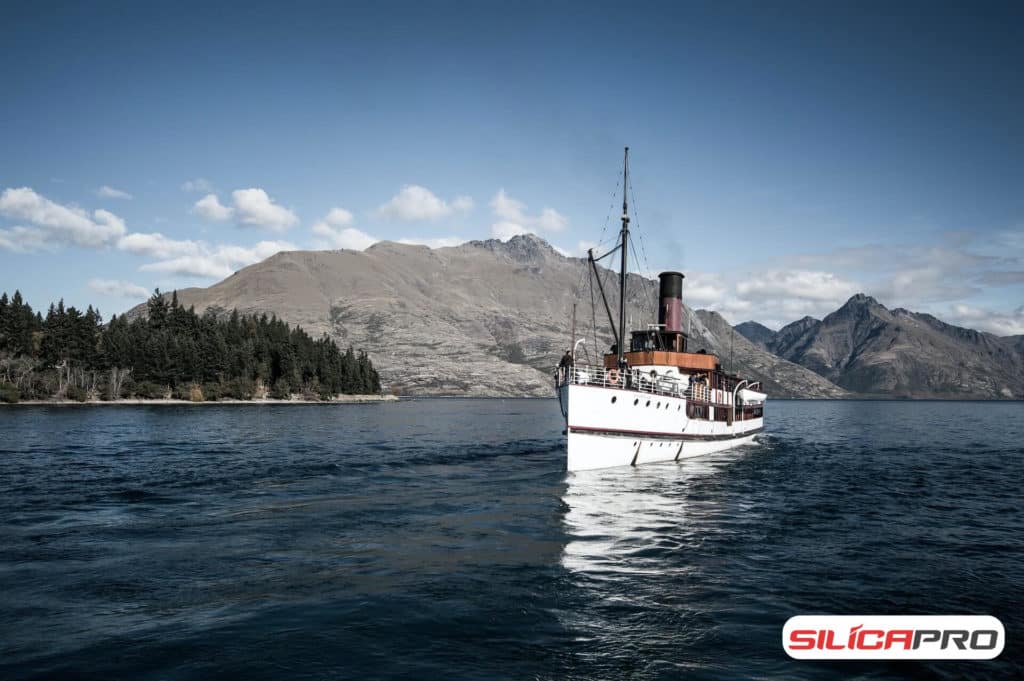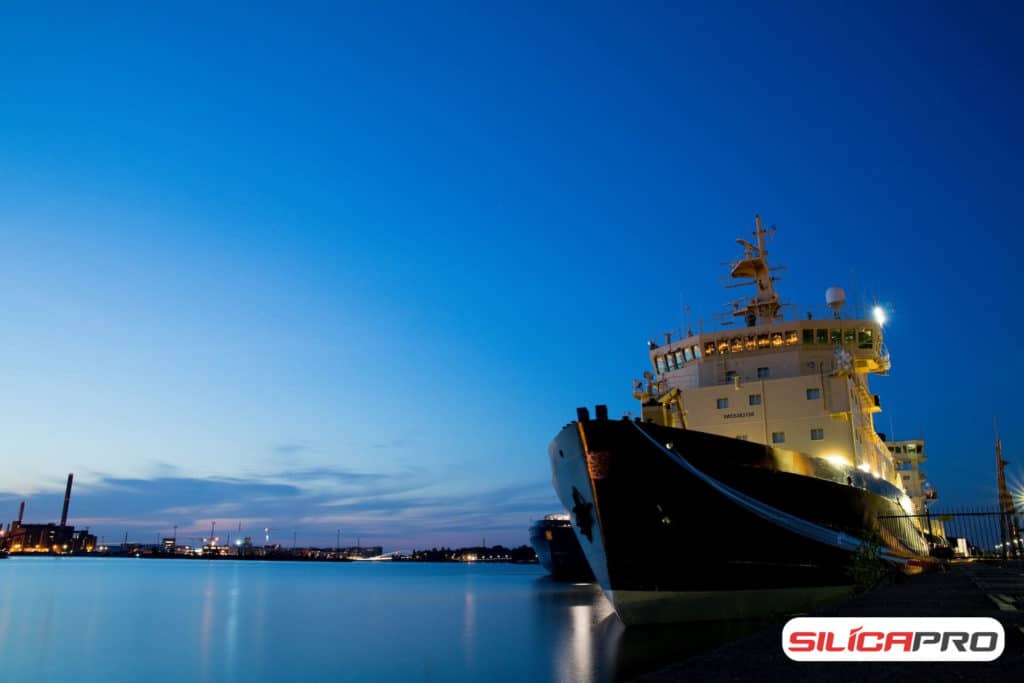
In any construction, for example, in the maritime sector, a retaining section is needed to protect property and land from erosion risk. Another hazard that often arises is ground movement. Strongly constructed bulkheads and retaining walls are to prevent these risks. Generally, the construction comes from commonly used materials. But now, we recognize fiberglass bulkheads as an alternative that is no less functional.
Contents
Do I Know The 7 Types of Fiberglass Bulkheads?
Technically, if you find a partition, it falls into the retaining wall category. On the other hand, a retaining wall is usually not necessarily a partition. The partition has a function as a separator, for example, ground on one side and water on the other.
However, in a retaining wall, the construction does not have to withstand or approach the water point. To construct them, you can use the same materials such as steel piles, wood or vinyl, reinforced concrete, a combination of these materials, or fiberglass bulkheads.
Then let’s discuss more about the use of this fiberglass in the marine field, especially to apply it as an insulation. In short, this partition or partition is a vertical wall. Its function is not far from preventing seawater from breaking into more space during a flood.
The bulkhead would divide the corners of the ship into watertight areas. In addition, this bulkhead also adds to the strength of the ship’s construction. While in its application, it can be in the form of flat or corrugated bulkheads. Here are 7 types usually found in ship construction.
- Construction reinforcement bulkhead. This bulkhead mainly functions to increase the strength of the ship.
- Bulkhead to give the front limit at the top of the rear. This will also give a neat shape to the boat.
- Bulkheads to prevent water from entering the forward hatch in the event of a frontal impact. This is the main partition at the front that is watertight. It is usually located at the bottom of the hatch to the freeboard deck or forecastle deck. Extends as far as the point where the partition is needed.
- The bulkhead in the engine room is generally transverse, its location depends on the interior of each kappa between the front and rear of the ship’s engine room.
- Insulation to cover welded pipes. The shape is like a layered wave.
- The partition is flexible, which means you can install and remove it. It is easier to call it a portable partition. Made of steel construction to divide a large room into several parts, but easy to remove, the room will feel spacious again.
- The partition is loose. Usually shaped lengthwise or transversely, located on the stem. When sailing, water surges occur because the ship tilts or rolls. That is the function of this partition, it can reduce water surges. However, some bulkheads are installed not at the bottom of the ship’s tank.
When Should You Replace Bulkhead Fiberglass?
Bulkhead replacement is closely related to the type of material you use. You need to understand the character of each ingredient. For example, steel is generally prone to rust, so when to replace the bulkhead if the steel material is not feasible due to corrosion. There is no exact and recommended time, only check often. Steel that is close to water channels will rust more quickly. However, if you use a fiberglass bulkhead, it can last up to 10 to 15 years of use.
Talking about other materials such as wood, has a fairly long service life of almost 25 years. However, wood easily warps, becomes porous, or rots. Vinyl insulation can last around 50 years.
The character of this material heats up quickly and it makes the vinyl warp quickly. So, users must be wise in choosing materials. It is also necessary to consider other factors such as cost and installation.
What is the Difference Between a Bulkhead and a Retaining Wall?

We know that walls are structures that tend to be permanent and not flexible. However, it is strong and can survive for tens of years. Its function is to support the weight of the soil, holding it at points on both sides of the wall. The materials used are also varied. Some make it out of stone and concrete, giving the effect of strength to the wall structure.
But in bulkheads, there is a big difference from retaining walls. The bulkhead holds water and the other side faces the ground directly. You may find examples of bulkheads in both shoreline and beach areas.
It can prevent beach erosion, and protect against ocean waves and currents. Baffles can help prevent soil movement. However, it is less permanent, especially if the constituents ignore materials such as concrete or steel piles.
All of this, whether building retaining walls or fiberglass bulkheads, must consider the needs and goals of building them.
